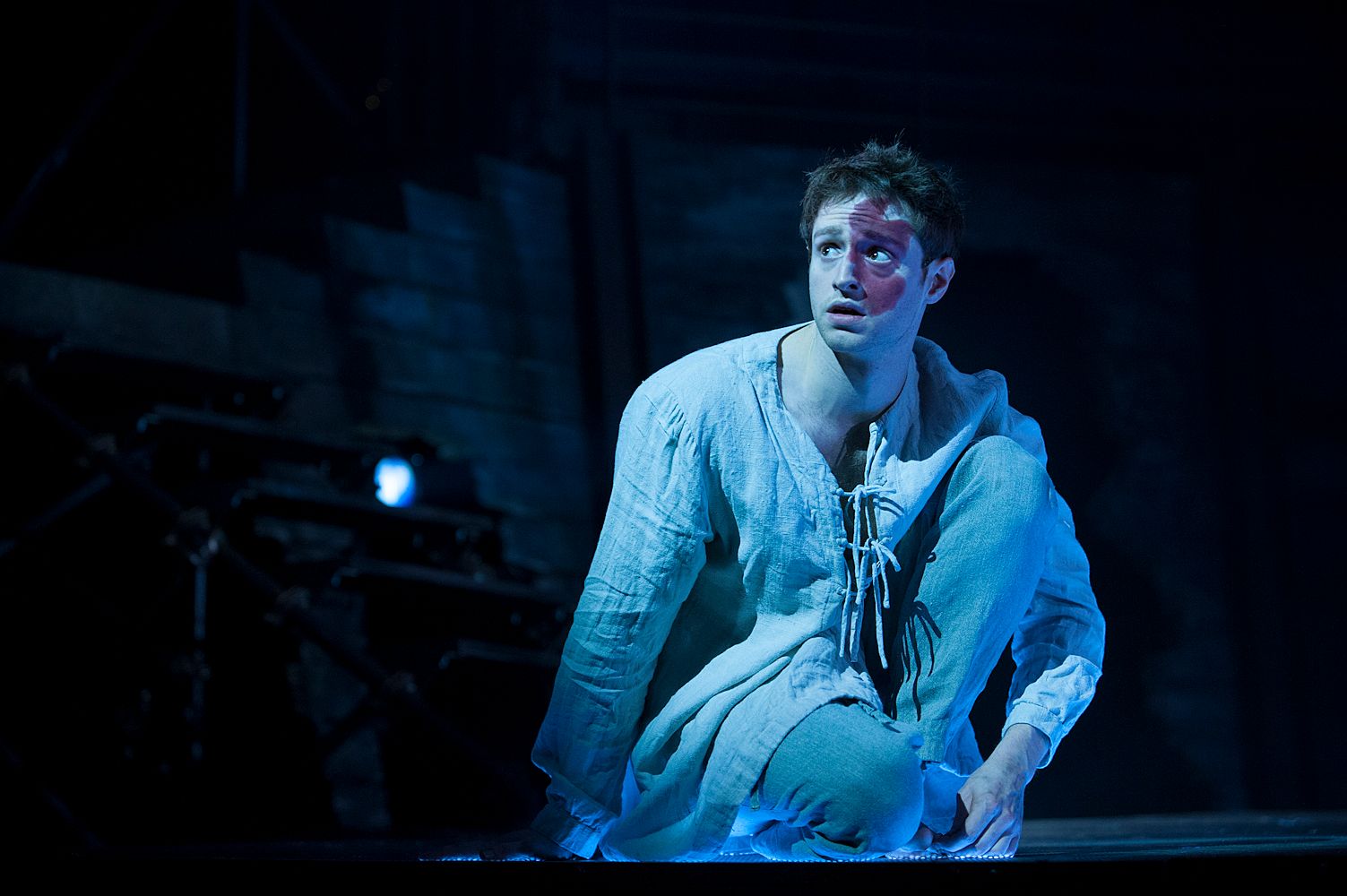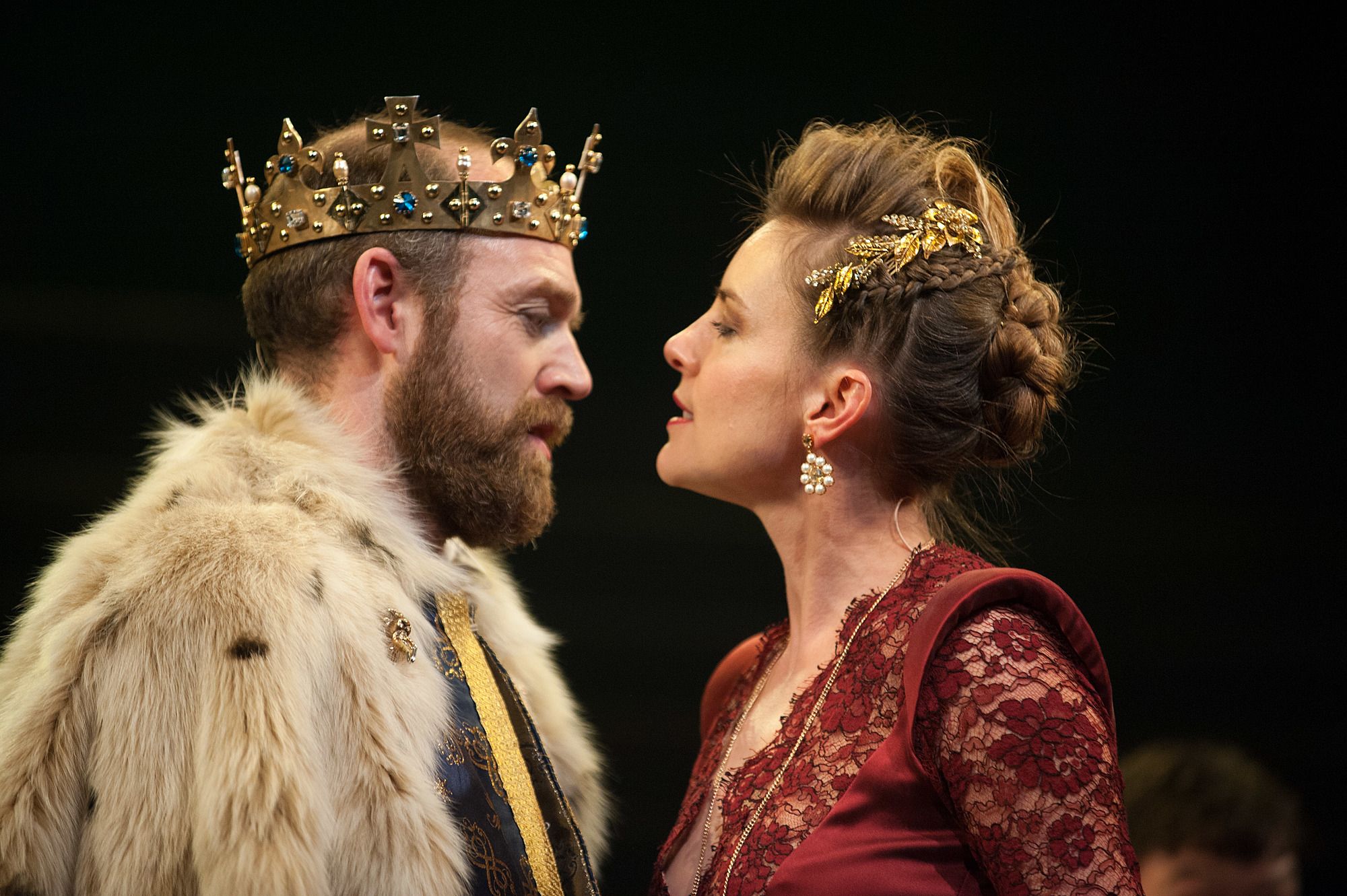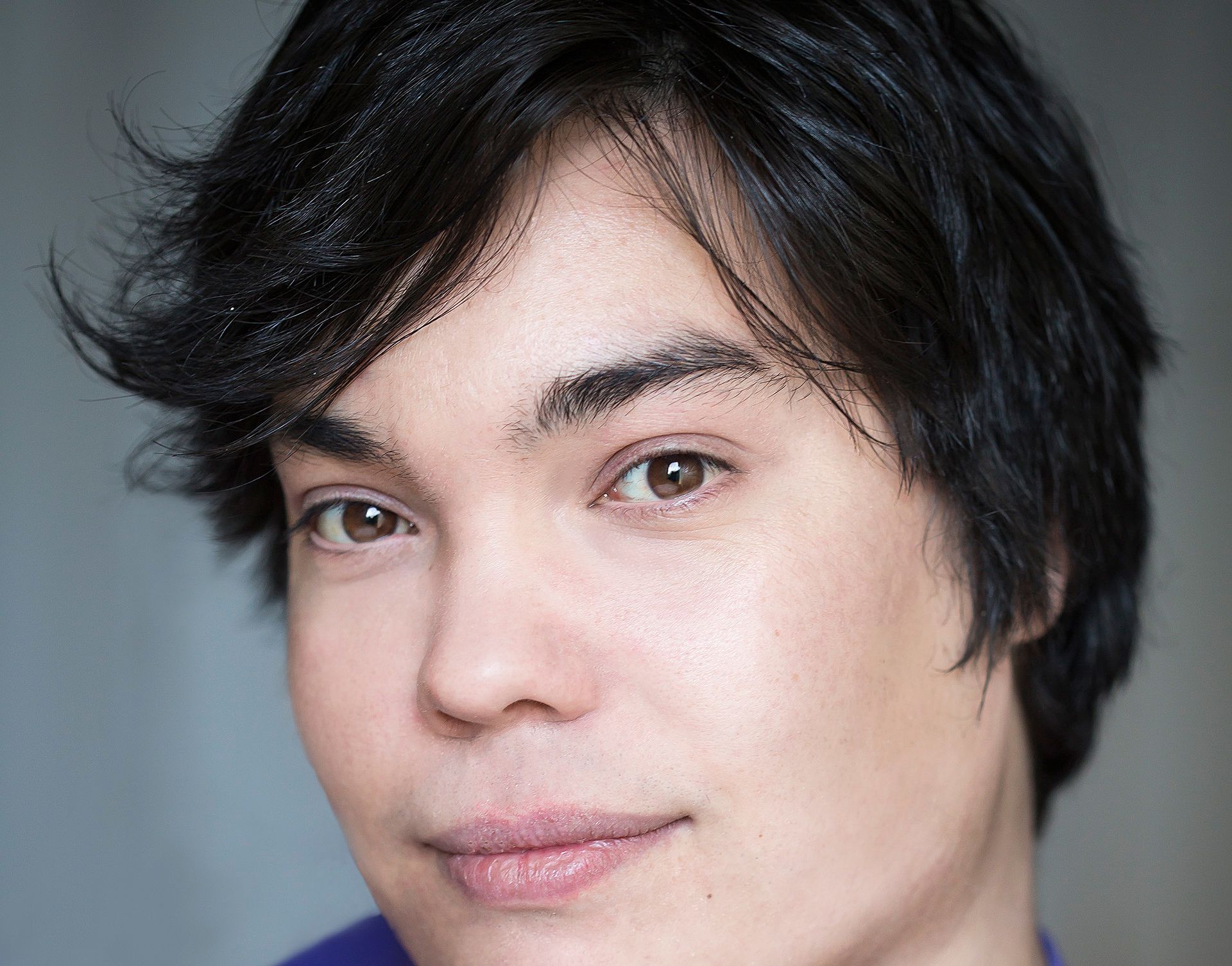Review: The James Plays
The James Plays - the grand, seven-hour trilogy of performances currently on at the Auckland Arts Festival - are less Game of Thrones, more Downton Abbey, writes Sam Brooks.
The James Plays - the grand, seven-hour trilogy of performances currently on at the Auckland Arts Festival - are less Game of Thrones, more Downton Abbey, writes Sam Brooks.
Downton Abbey is a show that is very easy to like, but it’s nobody’s favourite show. The dialogue is plummy, it looks like it costs a lot of money to make, and the acting is the kind of British acting we’ve learned to love: the right amount of repression with the right amount of withering one-liners. It’s meat and potatoes; it fills you up, but nothing about it gives you a kick and you won’t remember it a week later.
The James Plays have been compared to Game of Thrones, but Downton Abbey seems like a closer point of reference. The James Plays don’t have the shocking brutality, the eye-rolling grimdarkness or the soap-opera twists and turns of Game of Thrones, but it does have the appealing warmth, expansiveness and, unfortunately, the stateliness of Downton Abbey. It’s hard to get lost in The James Plays, and it’s even harder to love them.
The James Plays is seven hours of theatre, three two and a half plays including an interval, the tale of three Scottish kings in the 15th century, and the galvanisation of Scotland as its own kingdom separate from England. It is as epic as that sounds, with dozens of characters and countless shifts in loyalties throughout. It has a rotating cast, with only a few characters reoccurring between the plays. They could, in theory, function as three separate plays, and more often than not, they do.
James I: The Key Will Keep The Lock, tells the story of James I (Steven Miller), who has been kept hostage in England for eighteen years, and his journey to secure his place as the King of Scotland when England returns him to the throne.
This is the most easily digested of all three plays. You could quite easily see Auckland Theatre Company or Circa mounting this production, and the narrative follows a predictable route as we see James Stewart try to keep his throne at any and all costs. It is stately to the point of being inert onstage, and aside from some moments where it dips into an almost Grand Guignol-like styling, like the shocking wedding night that closes act one, it mostly exists to set up the next play.
This first play gets its lifeblood from veteran actress Blythe Duff playing the openly treasonous Isabella Stewart. Duff is reminiscent of Anjelica Huston at her most villainous here, and whenever she’s onstage the entire play, and the rest of the cast, jump to meet her. There is no subtlety to her acting and the role doesn’t ask for it. It asks for her to go one hundred percent Lady Macbeth before the fall, and Duff goes big and her risks pay dividends. When she’s onstage, it feels like we’re watching some of the best theatre in the world.
James II: Day of the Innocents, jumps forward to tell the story of Stewart’s son, James II (Daniel Cahill), who ended up King of Scotland at age six after his father’s murder, and while the surface story is the power struggle between him and his keepers, the most fascinating part of it is the King’s friendship with his cousin, William (Andrew Still), the future Earl of Douglas.
This second play is the clear highlight of the trilogy, largely because it feels like we’re watching people with their own personal struggles and feelings, rather than chess pieces on a historically-ordained chess board. A huge part of this is the foregrounding of the relationship between James II and William, which has a very noticeable homoerotic tone, thanks to William’s face-caresses and disregard for James II’s personal space. Both these men have been given power, unwillingly, and both react entirely differently to it. James II rises to the challenge, while William flounders and just wants to spend time with the King.
The last scene of this play is a long discussion between the two about William disobeying the King, and while it might seem interminable on the page, it’s the chemistry between Still and Cahill that gives the scene its spark. It feels like the break-up of a long-term relationship, not a King’s subject disobeying him, and the many layers of anger, disappointment and resentment bring the scene a human element that is lost from the rest of these plays. Still’s performance especially is incredible in this play, ageing William believably from eleven to twenty, layering the character’s innocence and longing for James throughout the entire thing so that we can completely understand why he breaks when he does.
Duff reprises her Isabella Stewart role again, and she is as delightful in the second play as she was in the first. Stewart ends the last play being thrown in the dungeon, and she spends almost the entirety of this play sitting in a dungeon upstage, an almost literal spectre to the events playing out on the rest of the stage. Once more, she goes full witch, but finds the humanity in her character’s hatred; she hates the King of Scotland simply because he’s the son of the man who killed her sons, and her character is representative of the huge damage that these blood feuds have, and how the act of hatred destroys the person who hates just as much as the target of the hate.
This play is also the bravest of all three stylistically, repeating certain scenes to achieve a dreamlike quality, and using lighting and sound to create a more foreboding and dangerous atmosphere that is more tangible than anything else in the other plays. James II is the only play of the three that, in my mind, that could stand on its own.
After the intensity of James II, the light tone of James III is a jarring tonal shift. The show starts with the cast dancing to Scottish-ified versions of Happy and Born This Way, and when the play itself starts it is much more comedic than the other two. Although the title is James III, the play is much more about James III’s wife, Margaret (Malin Crépin) and her desire to keep Scotland afloat even though her husband is driving it to ruin.
James III: The True Mirror is the hardest of the plays to engage with. It doesn’t benefit from being the sixth and seventh hours of a trilogy, and when an audience would expect the drama and tension to build, it is instead cut off at the legs with a protagonist that is entirely unsympathetic, James III (Matthew Pidgeon) is presented to us as a belligerent fool and the play’s attempts to redeem him fail completely, and the very intangible and unrelatable problem of Margaret trying to balance the finances of the kingdom at any costs.
Only in the last hour does the play feel like it is part of a trilogy and it starts to wrap up with some appeals to Scottish nationalism. Margaret makes a direct-to-audience speech about how she loves Scotland even though she knows it isn’t perfect, and it’s only in the very last scene where ties to the other plays are explicitly acknowledged.
This last scene is the closest all three plays get to heartwarming, where Duff, now playing the great-aunt of James IV, played by Daniel Cahill, gives him jewellery and clothes from his ancestors, who we’ve seen live and die for the Scottish throne. It’s the only time the play acknowledges what’s come before, and when it comes it feels like too little too late, no matter how much life Duff invests it with.
The James Plays are not bad productions, and the craft that has gone into bringing these to the stage is unreal. The set, designed by Jon Bausor, looks like a hollowed out castle, and allows entries from about eight different points, which makes it perfectly versatile for almost any kind of setting or entrance. A massive sword sticks into the stage throughout all three plays and serves as an effective anchoring point for the action. This set also allows for some grand entrances from upstage, and while it does get overused, the sight of an actor pushing open two massive doors while being backlit is always a stunning sight to see.
Paul Leonard’s music for James I and James II uses drums in the best way possible; it drives us through the thing with more importance and depth of feeling than the text and acting gives us. The sound and lighting design is suitably stunning for an international show, and the ability to actually create voids of black onstage is something we don’t see often in this country. All these things combined make the show seem bigger and more important than what is actually going on onstage.
And that’s what brings the shows down in the end: what is going on onstage just isn’t compelling enough. Rona Munro, who wrote all three plays, have given us characters that are sometimes compelling, but spend a lot of time talking in circles. Nowhere is this more obvious than a scene late in the second half of the third play (so hour seven of the trilogy), where Queen Margaret has been gifted a ‘true mirror’ from the King, a mirror that lets the viewer see a true reflection, and she spends fifteen minutes leading the King’s primary mistress along until she lets the mistress see herself in the mirror. Margaret then insults the mistress for the way she looks, and convinces her to leave the King.
This scene is an especially egregious example of what happens a lot in the play. Something happens that builds a little bit of character, but it stops the play dead in its tracks. As an audience, and especially in marathon theatre of this nature, we’re used to feeling the build in a series of plays, leading to an explosive conclusion or a conclusion that rewards our investment in the preceding hours. This trilogy doesn’t reward that investment, and instead constantly tests it.
There are moments in The James Plays, especially the second, where you feel rewarded and like you’re watching a thing of greatness, but too often it feels like we’re watching a piece of history that still feels like it's stuck in a book. It is well-acted, well-produced but it just doesn’t stick with you in the end. It’s Downton Abbey.



